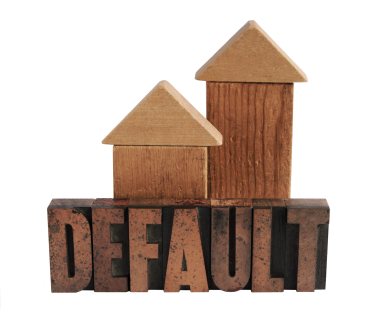After sitting at historically low levels for 2014 and 2015, the number of mortgage delinquencies rose last year. This signalled the start of a trend which analysts expect to continue throughout the coming 12 months.
S&P Global Ratings’
RatingsDirect noted that arrears increased in 2016 despite low interest rates and stable unemployment rates.
This rise – which commenced in November 2015 and continued until May – was driven by a surge in the rate of under and part-time employment while fulltime employment growth declined.
“When we say they’ve gone up, these are modest increases. It was slightly under 1% a year ago and it’s 1.15% now but clearly there’s a trend. If you’re looking at year-on-year comparisons, these have been moving upwards,” Erin Kitson, primary credit analyst at S&P Global Ratings told
Australian Broker.
This trend would persist if the Reserve Bank of Australia (
RBA) increases the cash rate or if lenders continue to move out-of-cycle. Conversely, a drop in rates would see arrears performance trend lower.
“In terms of any meaningful movement, it will largely be driven by what happens with interest rates.”
These predictions are based on the Australian residential mortgage backed securities (RMBSs) that S&P rates, Kitson said. This includes about $140 million worth of loans outstanding.
“So it’s really a bit of a snapshot of the overall mortgage performance. Obviously, it doesn’t include every single loan in the Australian mortgage market.”
Since most of the loans included in these RMBS’s have variable rates, there is a correlation between what interest rates and arrears are doing, she said.
However, Kitson noted that overall numbers of delinquencies are still relatively low with even the 90+ day mortgage arrears around 0.55%.
“Your 90+ day mortgage arrears are a good proxy for default. At 0.55%, that’s still quite a low number. Given that, my opinion is it’s probably not likely to tip over into lots of defaults which then impact the housing market.”
Mortgage holders at greatest risk of rising interest rates and economic changes are those with higher loan to valuation (LTV) ratios as they have less wriggle room and less equity in their home loans, she said.
“If we’re looking at the RMBS portfolio, about 17% of borrowers have an LTV of greater than 80%. Generally in terms of when an economic situation starts to change, that will be felt first on higher LTV borrowers.”
Related stories:
Victorian postcodes experiencing greatest mortgage stress
September mortgage arrears at four year high
Major bank reports rise in loan delinquencies


